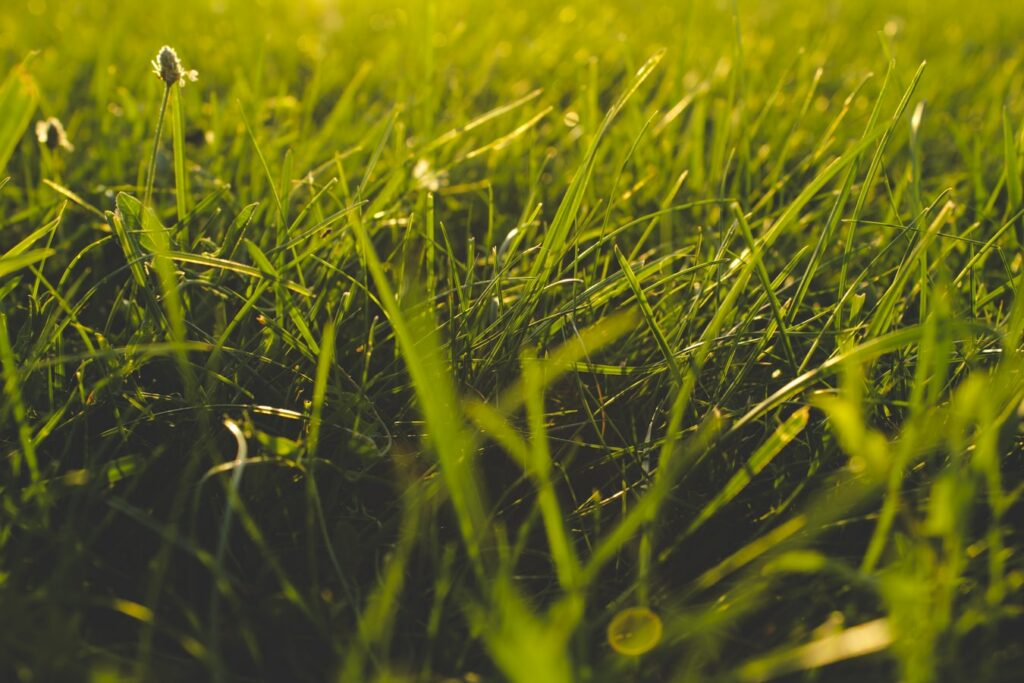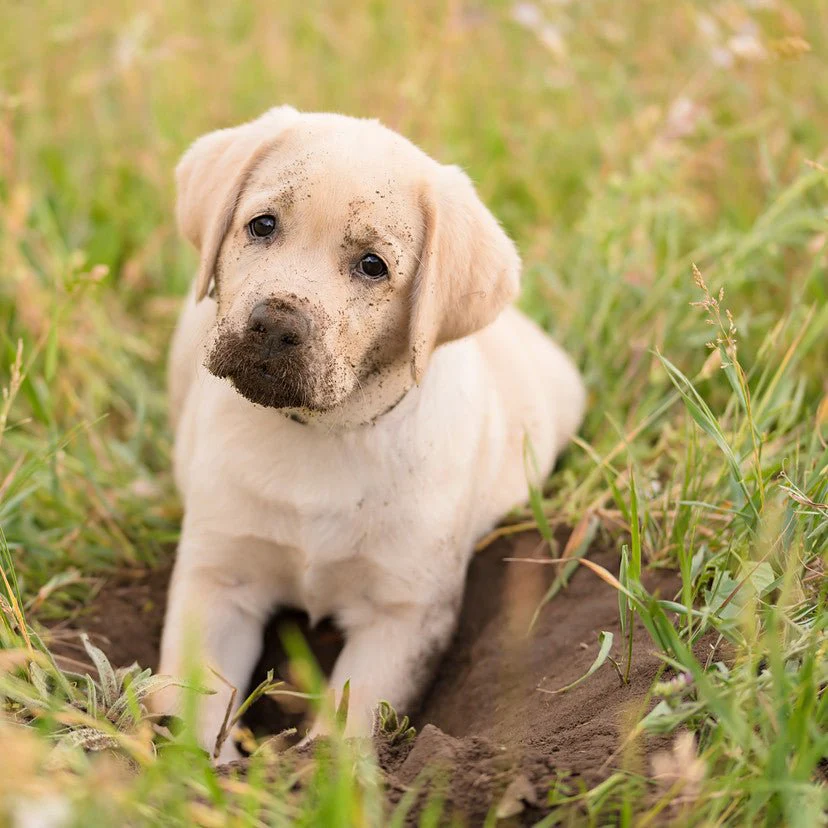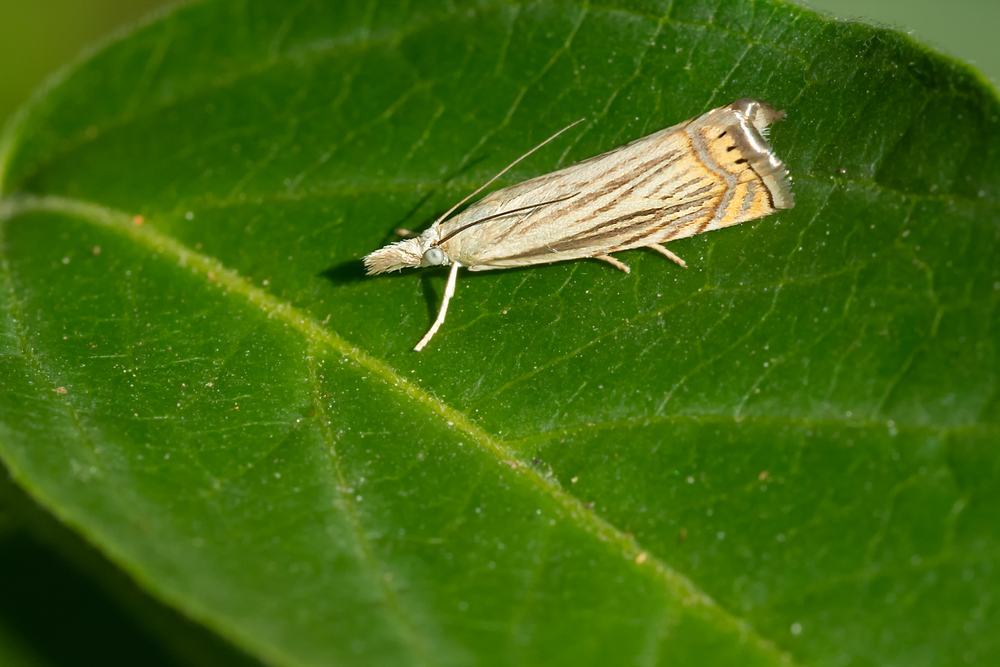Sod is the best method to start a lawn. Sod lawns grow faster and require less maintenance than those made from seeded grass. After your sod has been placed in your yard, it is important to take care of it. This will ensure your lawn stays beautiful for many years.
After your sod is installed, water it twice daily for a week. Once it has fully grown, water it once per day with one inch of water for 15 to 20 minutes. Although this process shouldn’t take more than a few weeks it is essential for a successful sod garden. Before the roots can grow into the soil, it must not dry out.
It is better to water your lawn at night (10 p.m. to two a.m.) than during the day. Your lawn will use less water at night because it evaporates less water. This is even if it seems difficult. However, watering your lawn during the day won’t cause any damage, but you may need to water it more frequently.
After the sod is rooted, you can decrease the amount of watering sessions while increasing the water intake. Once the sod has rooted, you can water it twice a week for 30 minutes, then once a week for 45 minutes.
You should keep your lawn hydrated on a regular basis to ensure roots remain strong and healthy. If your lawn was installed in the middle or late summer, you should water it regularly. Next spring, water again.
Your choice of weather can impact how you water your plants. If there is less than 1 inch of rainfall on any given day, you won’t need to water your sod.
If it’s very hot or dry, you can change to a 2-weekly watering schedule until it becomes cooler or less humid.
When your sod has grown at least five inches, you can start to mow it. It should not grow any more than 5 inches. In the beginning, you should mow it every other day.
After you finish mowing, leave approximately 2 to 3 inches of grass. You should not cut your grass shorter than this for one season. You can use your clippings to help with fertilization and seeding.
Chemical fertilization is not allowed if the sod has been planted in the spring or early summer. You can fertilize again in spring.
For the first two months after installation, you should not fertilize your lawn. Avoid fertilizing your lawn during the summer heat.
The chemicals, heat, and sun can cause damage to your sod. Your lawn should be fertilized in September and November with a slow-release fertilizer. High-nitrogen fertilizers can lead to disease. To ensure maximum fertilizer absorption, apply the chemical fertilizer to the dried soil. Water it well.





